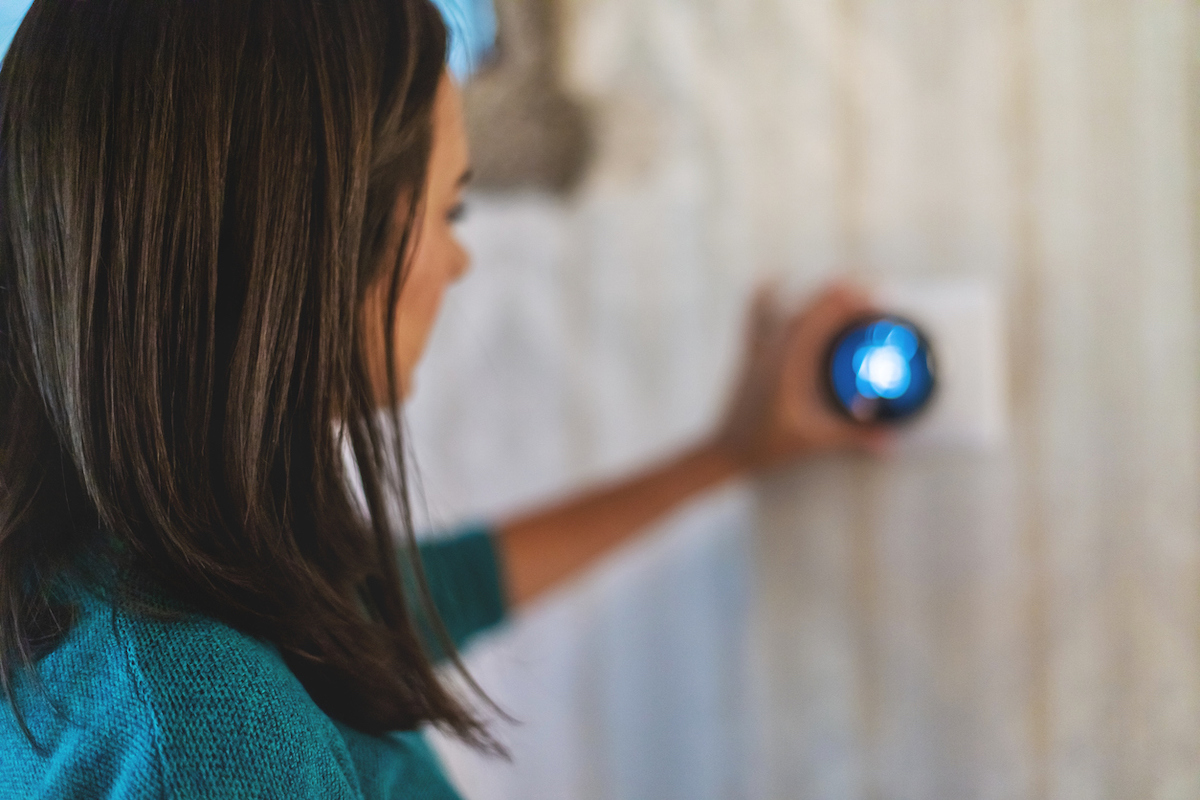

We may earn revenue from the products available on this page and participate in affiliate programs. Learn More ›
Q: After practically fainting each time I opened my utility bill last summer, I’m on a mission to save as much energy and money as possible this year. I think our average AC temp was around 70 degrees, which I now realize may have been too low. What is the best AC temperature for energy saving?
A: Finding the best AC temperature for energy saving that won’t leave you sweating in your home certainly is a balancing game. You’re not alone if you’ve turned your AC way down to find some escape from the summer heat, only to regret the decision as soon as you open your utility bill. While an AC with energy-saver technology would be ideal, we don’t all have the budget to purchase a new HVAC system. Fortunately, once you know the ideal air conditioner temperature and combine that knowledge with some other tips to maximize savings and comfort, you should be ready to fully enjoy the warmer weather.
Setting your thermostat to 78 degrees Fahrenheit can keep utility bills down.
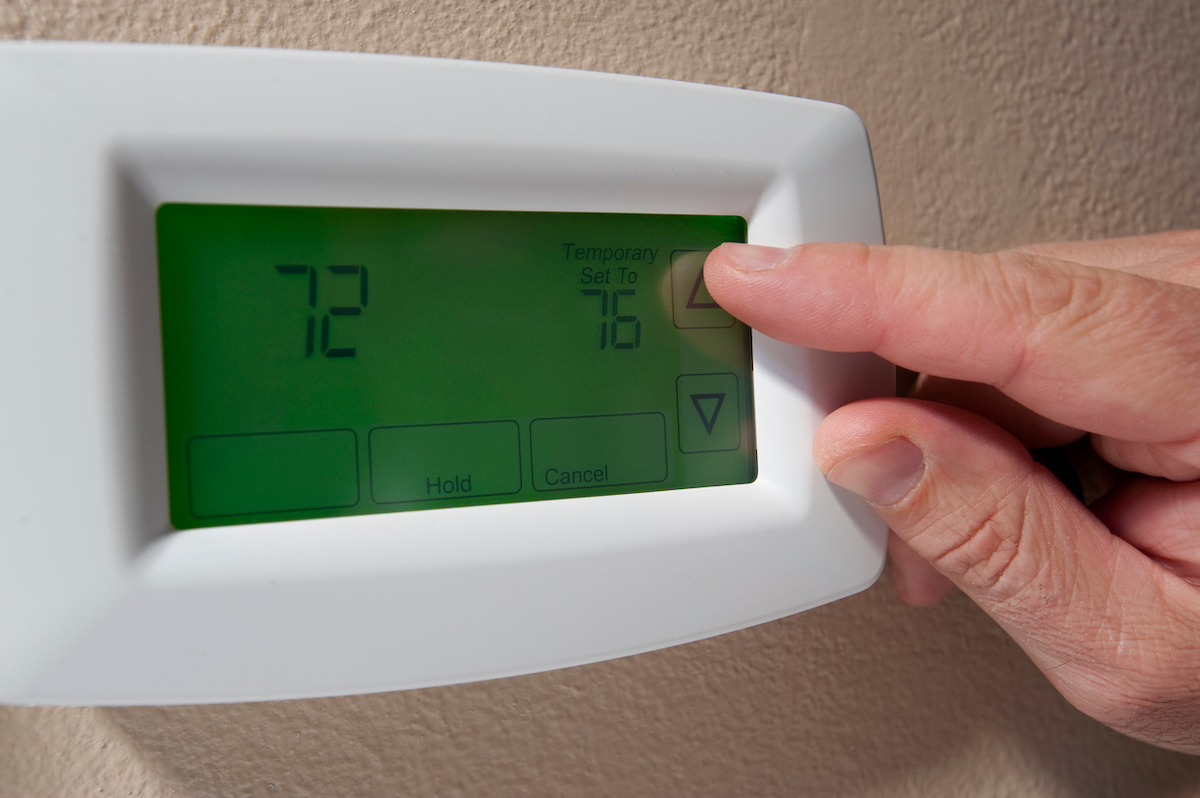
One of the AC mistakes that spikes your bills is setting the thermostat too low during the summer. Understanding your home by the numbers can help you avoid making such costly mistakes. “The most cost-effective AC setting for summer is 78 degrees Fahrenheit when you are home and awake,” shares Bill Taylor, HVAC contractor manager with South Jersey Industries in Atlantic City. Of course, everyone’s comfort levels and preferred temperatures are different. If 78 degrees Fahrenheit is too warm for you to feel comfortable in your own home, you can modify the settings some.
Try increasing the temperature by a few degrees over your typical summer setting and you should still see some savings on your utility bills. Each degree above 72 equates to about 3 percent savings on your total cooling costs. You can see why 78 is considered a good temp for the AC to see the greatest impact, but even settings of 74 or 75 degrees should deliver noticeable savings if you typically have your home’s thermostat set at or below 72 degrees Fahrenheit in hotter months.
If you want to keep the energy savings going all year, you also might be asking, “What temp should I set my thermostat in winter?” Try to keep your home set at 68 degrees Fahrenheit during the winter to keep utility bills as low as possible.
Increasing the temperature by a few degrees when you’re away can further reduce bills.
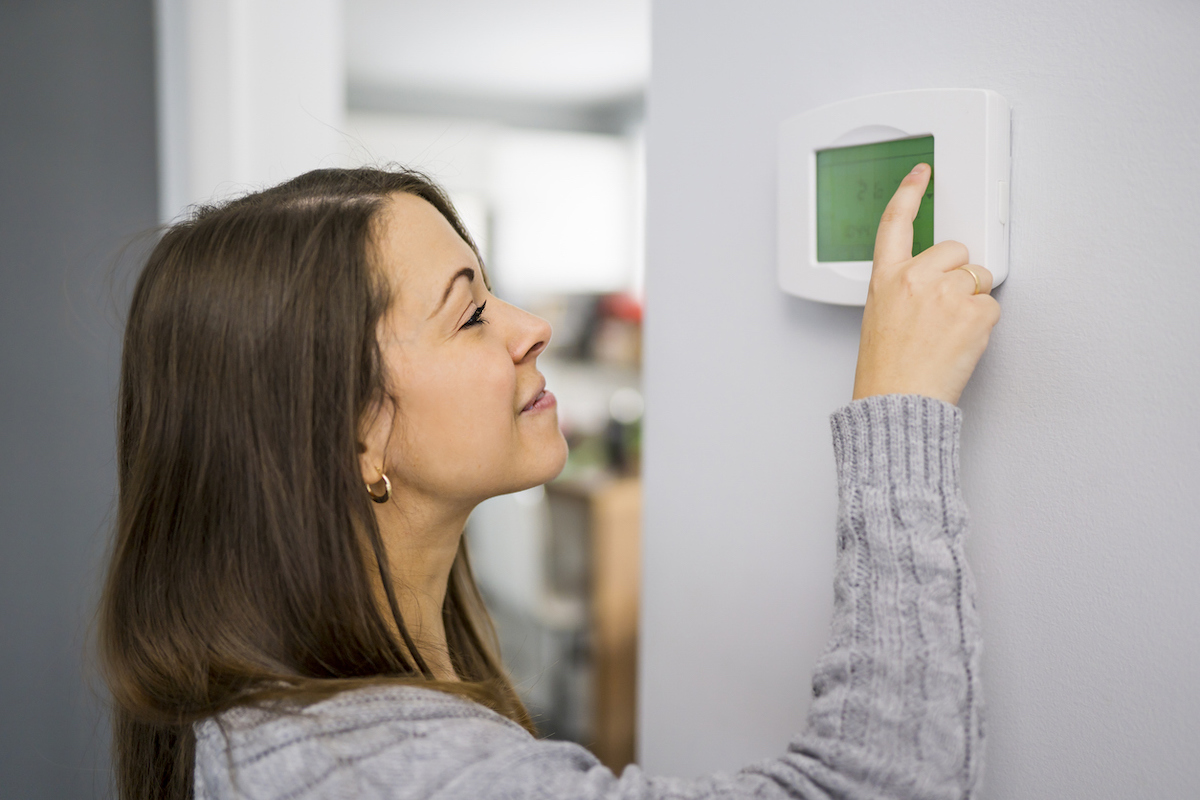
When you’re not home, there is no reason to have the air conditioner working hard to cool the house for no one. While you might be tempted to turn the unit off completely, however, Brad Roberson, president of Aire Serv in Hewitt, Texas, doesn’t recommend that approach. “To keep your energy costs down this summer, try adjusting the temperature a few degrees instead of turning off your AC when you leave. This way, your AC won’t have to work as hard to cool your home when you return, saving you energy and money,” says Roberson.
As for what temp to set AC thermostats when away, try adjusting your thermostat to about 85 degrees. Setting it even a few degrees warmer than the recommended AC temp when you’re home will keep the system from working harder than necessary and raising your utility bills.
A smart thermostat will allow you to create schedules and modify indoor temperatures when you’re away from home.
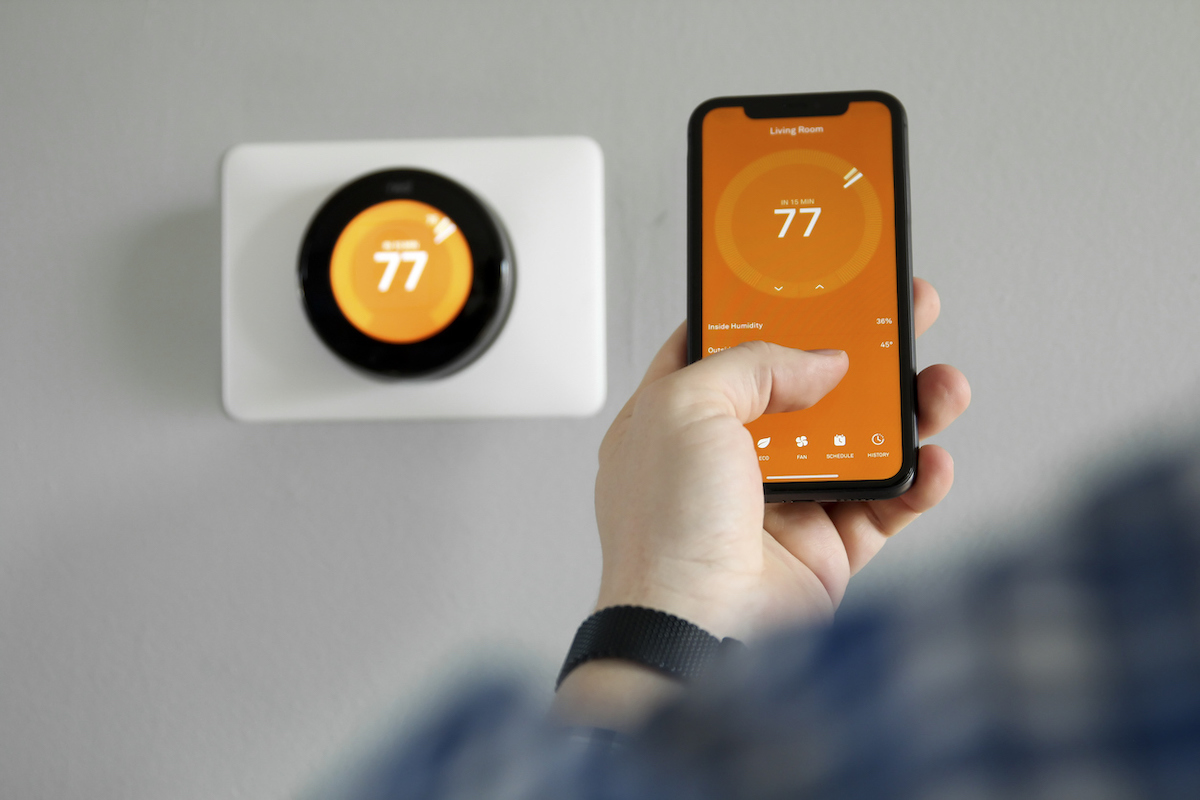
The Department of Energy recommends using programmable thermostats to maximize energy savings without sacrificing your preferred comfort levels. With a programmable thermostat, you can create schedules that automatically raise or lower the air conditioner temperature to match when you are home or away. This way, when you return from work, the air conditioner will have already had a chance to cool the home before your arrival. You won’t need to rush in to adjust the temperature and wait for the home to cool down.
Another benefit of smart thermostats is that you can control them using an app on your smartphone. If your schedule changes, and you’ll be home earlier or later than expected, you can modify the settings to match these changes. You can even control many garage air conditioners with smart thermostats, allowing you to adjust the temperature so it is comfortable when you’re ready to complete that next DIY project.
There are other ways you can keep your home comfortable while conserving energy.
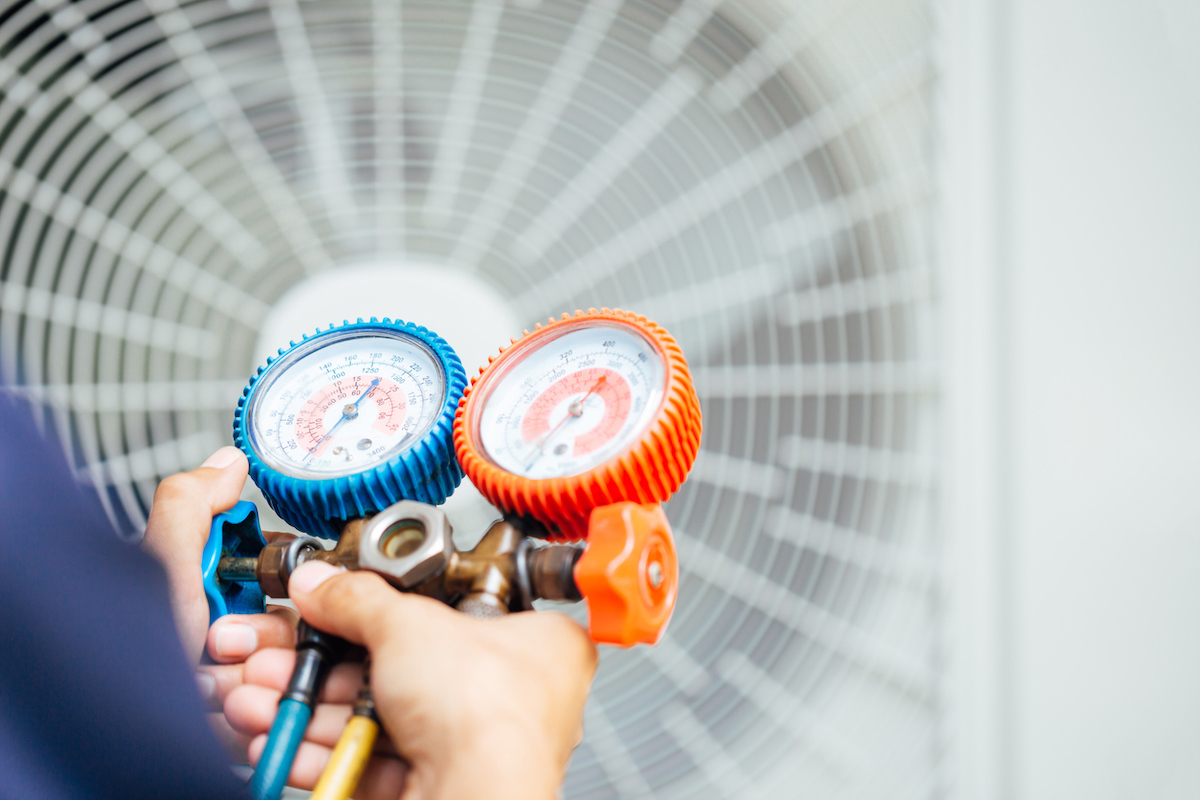
Choosing the ideal air conditioning temperature is important, but it is not the only thing you can do to keep your home comfortable while minimizing utility costs. Below are a few additional tips to help you this summer:
- Perform regular AC maintenance: According to Taylor, “A dirty air filter makes your cooling unit work harder than it needs to.” Replace your filters monthly, or as recommended by the manufacturer of your HVAC system. Roberson also recommends regular maintenance of your unit. “Scheduling a tune-up with a professional HVAC company before the summer kicks in can make sure your system is in top shape,” says Roberson. He also explains that it is important to keep debris away from the unit to ensure that air is able to flow freely.
- Use fans: You can keep your home cooler by utilizing fans. Ceiling fans and freestanding models move the air around a room and create a cooling breeze, lowering the feels-like temperature by as much as 4 degrees Fahrenheit. If you have ceiling fans, make sure that they are spinning counterclockwise so they push air downward.
- Open the windows on cool mornings and evenings: Take advantage of cooler times of day by shutting off your system and opening up the windows and enjoying the cooling cross-breeze.
- Keep shades and curtains closed: “By drawing your blinds in the afternoon, you can prevent additional heat mid-day when the sun is the strongest,” says Taylor. “Additionally, consider window treatments and coverings that can improve energy efficiency in your home and seal any leaks around doors and windows,” he says.
- Invest in an energy-efficient air conditioning system: If you’re on the market for a new HVAC system, consider an Energy Star model. According to The Department of Energy, the top energy-efficient air conditioners can save nearly $2,000 over the life of the unit.
Final Thoughts
Setting the thermostat at 78 degrees is the ideal energy saving temperature for summer. Combining this setting with some of the other recommendations above, such as investing in a smart thermostat, closing the shades, using fans, and keeping up with regular AC maintenance, can help you stay cool and comfortable without sending you into shock when you open your utility bill.
